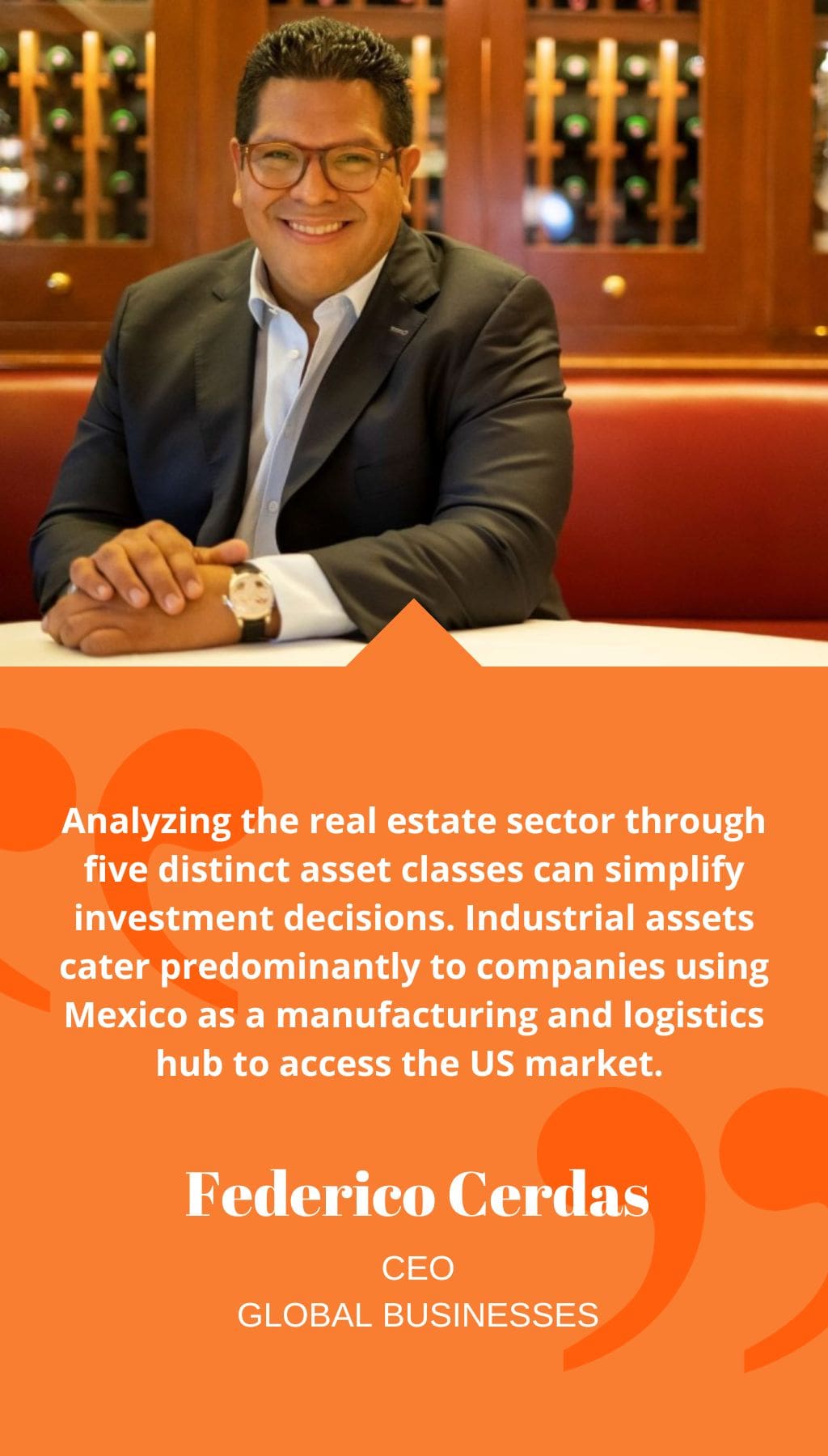
- Mexico | 24 June 2019

What strategies have you integrated into your business model to navigate the new economic landscape?
Our adaptation has revolved around enhancing efficiency across various fronts. Firstly, it’s about optimizing our engineering approach for projects, ensuring they’re structurally sound while optimizing resource utilization. Then, there’s the deployment and management of our construction teams, aiming not only for heightened productivity but also to minimize redundancies during project execution. A significant shift has been witnessed in our sales strategy, adapting to the new reality dominated by online platforms. We’ve restructured processes to facilitate contactless sales. These adjustments over the past six months have yielded positive outcomes, with 20% of our available units sold during this period. However, Mexico grapples with two core challenges: providing investors with the certainty and security they seek when investing in the country and fostering an environment of legal protection and confidence for businesses. Ensuring stability in the messaging sent to foreign partners remains critical for attracting substantial foreign direct investment (FDI) into the country. The need for stability in this communication emerged especially following recent governmental changes two years ago.
What specific investment opportunities do you see as lucrative within the current real estate market?
Analyzing the real estate sector through five distinct asset classes can simplify investment decisions. Industrial assets cater predominantly to companies using Mexico as a manufacturing and logistics hub to access the US market. Residential assets, such as those for sale or rent, present another investment avenue. However, the office sector has faced substantial challenges, amplified not just by the pandemic but also by a growing trend among companies to adopt digital platforms for various operational facets. Retail or commercial assets are also experiencing a shift due to the accelerating pace of e-commerce, although certain retail sectors remain resilient due to the nature of their offerings that cannot be replicated online. Lastly, mixed assets encompassing hotels, retirement homes, and beach residences for retirees have felt the impact of reduced tourism due to COVID-19. Nevertheless, with increasing post-pandemic travel desires, these assets might regain momentum. Considering investment prospects, residential and industrial assets stand out for their consistent performance.
What priorities have you outlined for your business in 2020?
This year marks a period of expansive deployment for us. Following our land acquisitions in 2019, our focus for 2020 and 2021 revolves around development. We’re steering our efforts towards construction, aiming to generate 2,500 jobs. Additionally, we’re venturing into foreign markets, having recently established operations in Houston, USA, to bolster our residential market presence there. Texas, particularly, offers an intriguing landscape, prompting us to invest in the mid-range housing market where rents range from USD 2,000-3,000 per month. Houston, specifically, stands out as a thriving market, drawing significant attention. Recent decisions by companies like Tesla to relocate to Texas, driven by tax advantages, further accentuate its appeal. Texas’ proximity and its role as a manufacturing hub facilitate seamless operations between the US and Mexico, adding another layer of dynamism to our initiatives.














